Taitung City, the administrative capital of Taitung, was my final destination on a multi-day bicycle tour around southern Taiwan in the summer of 2015. Previously I shared words and photos from every day on the road so this post will act as something of an epilogue. Start at the beginning or read the last chapter to get up to speed—or treat this as a singular post about some of what I saw in an extra day of exploration around the most remote major city on the Taiwanese mainland.
Before I begin to describe what I experienced while wandering around town I should take a moment to introduce the geography of the region. Taitung City is situated on the alluvial plains at the southern end of Huādōng Valley 花東縱谷, more generally known as the East Rift Valley, which marks the meeting point of the Philippine Sea Plate and the Yangtze Plate. The urban core is located slightly inland of a sandy shoreline and mostly to the west of the Beinan River 卑南溪. Unusual for a coastal settlement in Taiwan there is no major harbour, only the diminutive Fùgāng Fishing Port 富岡漁港 to the north of the city proper, not far from the base of the Hǎi’àn Mountain Range 海岸山脈, which runs all along the eastern side of the valley. As with the rest of eastern Taiwan the city is subject to frequent, almost daily earthquakes, as well as the threat of super typhoons in summer and autumn.
I knew almost nothing of the history of the city while I was there so I won’t go into great detail as I haven’t the photos to match a more elaborate text. Suffice to say, Taiwanese Indigenous people have lived in Taitung for thousands of years, with the area now occupied by Taitung City traditionally home to members of the Puyuma 卑南族 and Amis 阿美族 people. Han Chinese settlement in southeastern Taiwan only began in earnest after the establishment of Pi-Lâm Subprefecture 卑南廳 in 1875. The earliest Han settlement in Taitung City proper was named Pó-Song Village 寶桑庄, a Hokkien transliteration of the Amis place name Paposogan (Apapolo in Puyuma), now honored as the name of a seaside art installation. Faint traces of the Qing dynasty era can be found in the naming of streets—Bǎosāng Road 寶桑路, for instance—and at least one old building, but there really isn’t much remaining from pre-Japanese times. A preliminary survey of eastern Taiwan1 conducted after the Japanese invasion in 1895 revealed that there were only 3,300 Han Chinese residents, less than 10% of the total population of the area. Taitung City underwent explosive growth during the Japanese colonial era but most of what you’ll see around town dates back to the post-war period and KMT authoritarian rule.
After waking up from the previous night’s long rest I set out on my bicycle to explore the city like I usually do: without plans or expectations. Nowadays I am somewhat more tuned into useful resources that would help me see more of what makes a place in Taiwan unique—but as of 2015 I was still fumbling around in the dark, following my intuition, and relying on serendipity.
My first discovery of the day was the Taitung Chinese Association 台東中華會館, built during the Japanese colonial era in 1927 as a meeting hall and place of advocacy for ethnic Chinese living outside of China. The association was outlawed in the late 1930s, mostly abandoned after the war, and restored to its current condition in 1986. For more information have a glance at my full post about this place.
I was still in search of breakfast when I cycled south of the Chinese Association and noticed the hulking outline of an obviously abandoned building at the end of a laneway branching off from the main street. After filling up on dànbǐng 蛋餅 (essentially an egg roll with some filling or another) and saccharine tea I doubled back, hopped the fence, and let myself into the empty shell of the historic Datong Theater 大同戲院, which closed after suffering a suspicious fire in 2009.
Stumbling upon Datong Theater has turned out to be a pivotal experience in my sojourn here in Taiwan. Since then I have gone to great lengths to document many of the old theaters scattered around Taiwan, many of them abandoned much like this one. By now I have visited more than 50 vintage theaters around the country—and identified many more through business records, blog postings, and targeted browsing of Google Maps. In hindsight it is amusing to realize that my first theater exploration actually took place the previous day in Dawu—but I didn’t recognize that it was a theater at the time!
On the west side of the downtown core you’ll find Lǐyúshān 鯉魚山 (literally Carp Mountain, from its shape), a modest hill with a peak elevation only 75 meters above sea level. This might not sound like much but owing to the flatness of the surrounding plains it affords a fantastic view of the city and its environs. As the only mountain of any size near the heart of the city it has been a center of human activity of one kind or another for millennia, with one site producing artifacts around 3,000 years old. There are also much more recent ruins as the KMT built many bunkers and bomb shelters into the mountainside, which was actually off-limits to the public during the martial law era, but I saw none of that while I was there. The only lead I was following on Carp Mountain was a tip about an “abandoned shrine” that someone had mentioned to me.
In 1911 the Japanese built the Taitung Shinto Shrine 臺東神社 (Japanese: Taitō-jinja) on the eastern flank of Liyushan, the most obvious location for it. Just as predictably the KMT demolished the temple and erected a Chinese Martyr’s Shrine on the same site, part of the much broader state-imposed Sinicization movement in Taiwan. From what I’ve read the stone foundation and stairway are still those of the Shinto Shrine—and the red gateway is the original torii modified to look more Chinese—but the rest is new.
One thing that caught my eye as I strolled through the long grass at the base of the mountain was the Hú Tiěhuā Monument 胡鐵花紀念碑, which honours Hú Chuán 胡傳, the last Qing dynasty magistrate of Taitung, who ruled from 1893 to 1895. Hu perished after being recalled to China in the aftermath of the First Sino-Japanese War and might not have merited such a monument were it not for the fact that his son, Hu Shih (pinyin: Hú Shì 胡適), became a highly respected intellectual in the Republic of China before immigrating to America in the aftermath of the Chinese Civil War. Despite his uneasy relationship with generalissimo Chiang Kai-shek, Hu Shih came to Taiwan in 1957 to act as president of Academia Sinica until his death in 1962. My guess is that this cenotaph was erected sometime around then, serving the dual purpose of filial piety (Hu Shih honoring his father) and ROC nationalism (asserting a history of ethnic Chinese control over remote Taitung).
Following my brief tour of Liyushan I wandered downhill to the north end of the Taitung Railway Art Village 台東鐵道藝術村, which occupies the grounds of the former Taitung Station 台東舊站, which dates back to 1922 and was in service until 2001. (The more modern Taitung Station, where my journey ends, is located far outside of the downtown core and opened in 1982.) As with a lot of other “art villages” around Taiwan this one offers a motley collection of more or less random stuff. I didn’t stay long—but if you’re interested in reading more about this attraction Taiwanese bloggers have you covered here, here, and here.
Departing the old railway station, I went in search of an abandoned entertainment complex similar to the Qiaoyou Building in Changhua City. Such entertainment complexes were commonly built near train stations during the boom times of the 1970s and 1980s—and since the train station was closed many years ago I figured there was a good chance any such entertainment complex would have gone out of business. Part of the fun of urban exploration in Taiwan is that you can formulate and test hypotheses like this—so I spent the next ten minutes or so wandering around the station front until encountering a massive building showing the telltale signs of abandonment.
Despite its immense size and close proximity to the old station the Fuyou Building 富有大樓 did not exactly validate my hypothesis. The interior formerly housed a large department store and the upper levels might have been office space. There was no sign of a cinema, no remnants of the sleazy KTVs that typify the late stages of Taiwanese entertainment complexes. Even so, finding a way inside, wandering around, and gaining rooftop access was an enjoyable use of the last light of day. As one of the tallest buildings in the city the view is absolutely worth all the stairs that must be climbed.
After dark I ventured forth from my hotel after showering and taking some time to upload photos—and immediately ran headlong into a raucous temple event of some kind. Now that I am better informed about local culture I can see that this temple venerates Emperor Shennong 神農大帝, god of agriculture, but at that time I hadn’t a clue. Even without knowing what’s going on it is lots of fun to get lost in the heady, chaotic atmosphere of such events. Taiwanese folk religion prescribes a lively atmosphere, or rènào 熱鬧 (which literally means “hot and noisy”), as a means of honoring the gods, hence all the the firecrackers, drummers, gongs, costumes, and so on.
For dinner I cycled around to the south side of town and stopped at Uncle Pete’s Pizza 披薩阿伯. The pizza was good and Pete was real friendly. I am not ordinarily the pizza-and-beer sort of foreigner in Taiwan, preferring instead to sample local specialities, but after a mostly solitary week on the road I suppose I was in the mood for some contact with something approximating my own culture, however fleeting. Looking back I now wish I had taken a spin around the block, for the infamous Taitung White House 白色陋屋 is just around the corner.
Later on I went to scope out the Taitung Tourist Night Market 台東觀光夜市 but found little of interest there. Perhaps it was an unusually quiet night but it had little of the energy I’m used to from my time living in central and southwestern Taiwan. I did, however, meet a nice American couple, and enjoyed spending some time chatting with them about all things Taiwan over pints of San Miguel at a small bar by the riverside, Texas Jo’s Bar & Diner 德周小館.
The following day I decided to put an end to my ride. I had briefly considered forging on to Hualien but had grown weary of so much time alone. My original purpose in riding around the south was to repeat part of the route that I had taken on my complete tour of Taiwan in 2013. That time around I had been outrunning a typhoon and hadn’t been able to stop and see as much as I would like on the segment from Hengchun to Taitung City. With that mission accomplished I was free to do whatever pleased me—and so I rode out to the new Taitung Station, shipped my bicycle back to Taipei, and boarded a train heading back over the mountains to Kaohsiung. By the end of the day I’d be in Taoyuan, ostensibly to spend some time with friends prior to returning home to Canada for the summer.
Thus ends my account of one week on the roads of southern Taiwan in 2015. I put around 260 kilometers behind me, posted 272 photographs, and shared approximately 20,000 words about the experience—and this is to say nothing of the dozens of other posts spawned from this voyage2. It has been an incredible amount of work to complete this project but I am proud to be making some kind of contribution to travel writing about Taiwan in the process. Plenty of what I’ve written about in this series appears nowhere else in English—not online, anyway. After doing so much research to better explain some of what I encountered I am motivated to return for a third tour. Whether I will have the opportunity to do so is uncertain—but at least this series will stand as a testament to what you might witness should you embark upon a similar journey around Taiwan.
- The source I cited isn’t clear about the exact extent of the area covered by this survey so I’m assuming it probably corresponded to all or part of modern-day Taitung and Hualien. Whatever the case, the point here is that Han Chinese settlers were a distinct minority around the time Taiwan fell under Japanese rule. ↩
- Here are several other posts that came out of this trip (in rough chronological order): a gutted temple in Tainan, Agongdian Reservoir, Wannian River, an abandoned hospital in Pingtung, Chaozhou Liu House, Jiukuaicuo Catholic Church, Xinpi Machine Gun Fort, a false tunnel in Pingtung, Tsai Ing-wen Historic Home, Fangliao Factory, prayer flags on the edge of the Pacific, Taitung Chinese Association, Datong Theater, and Fuyou Building. ↩
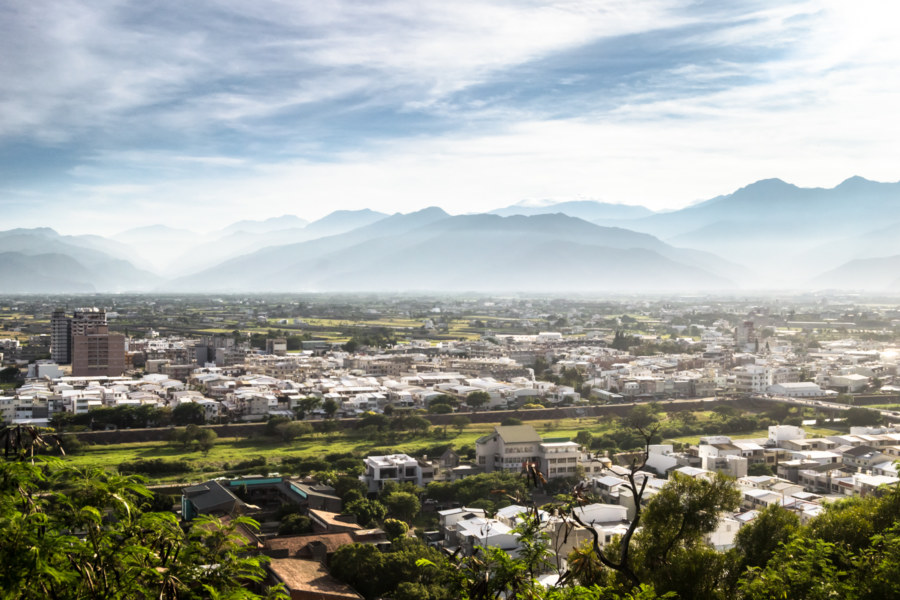
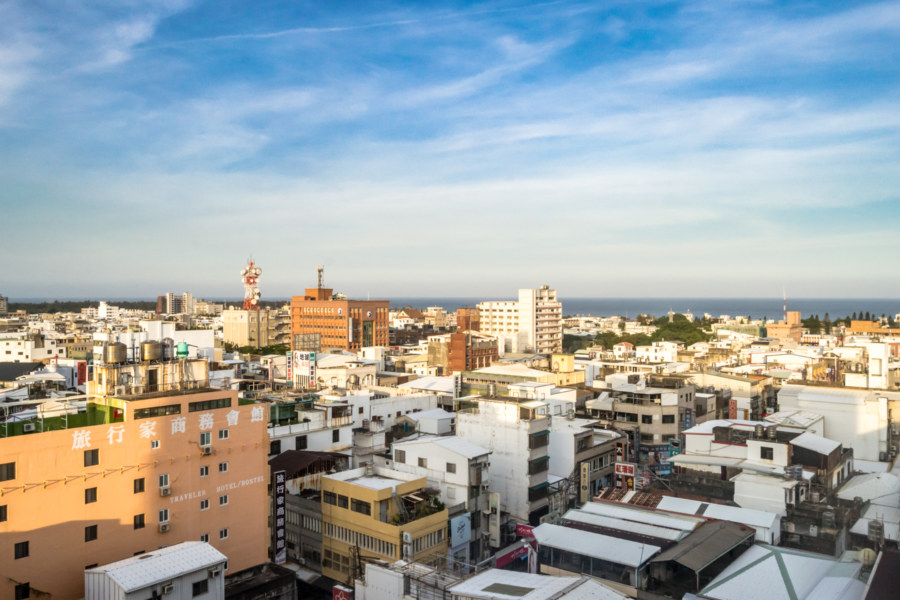

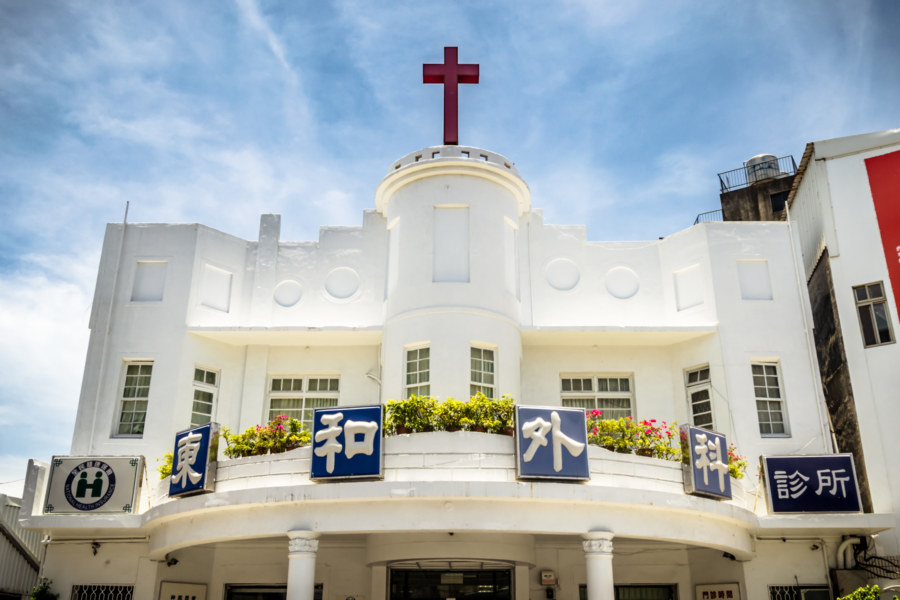
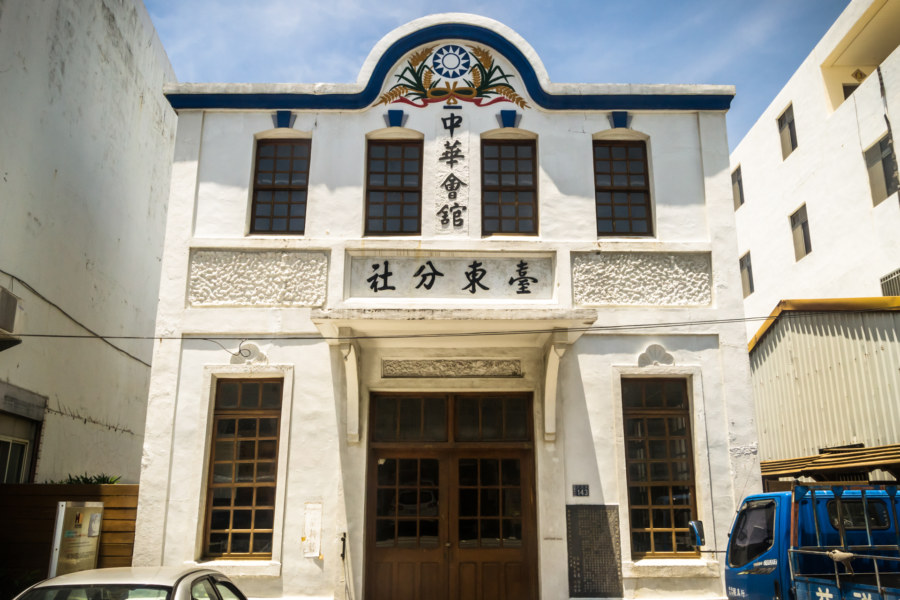
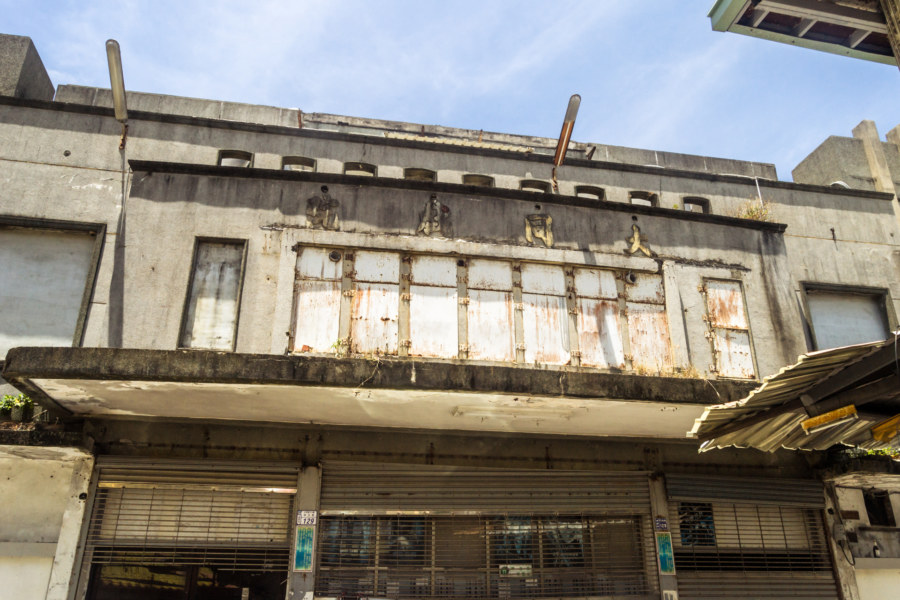
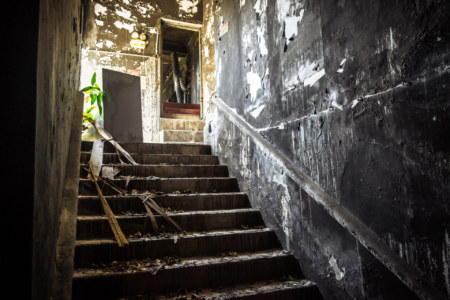
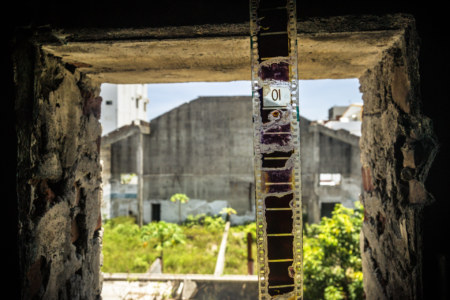
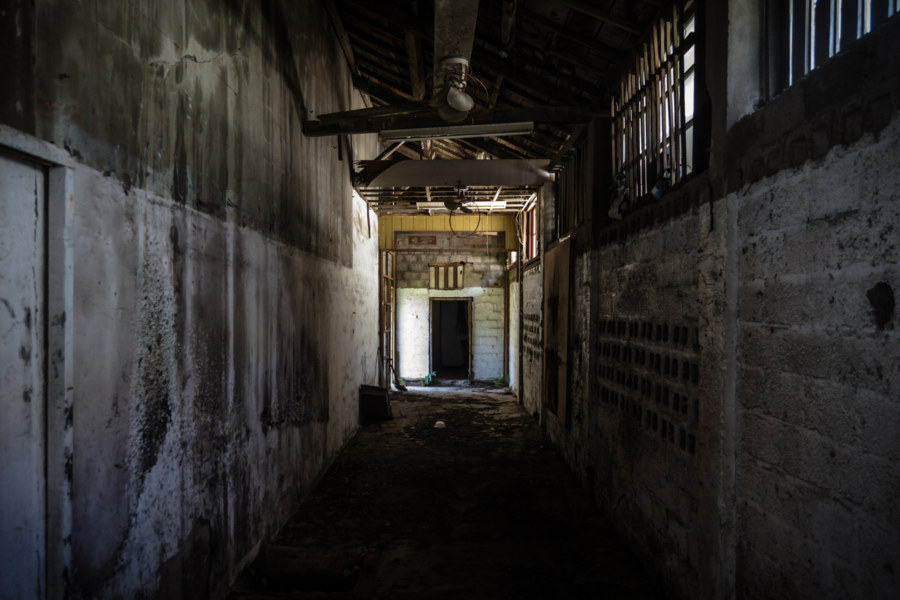
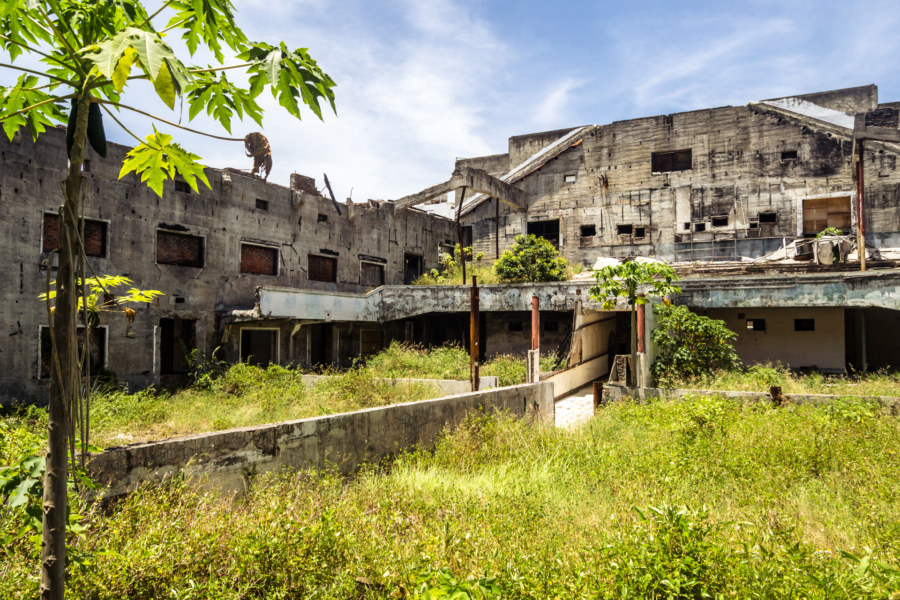
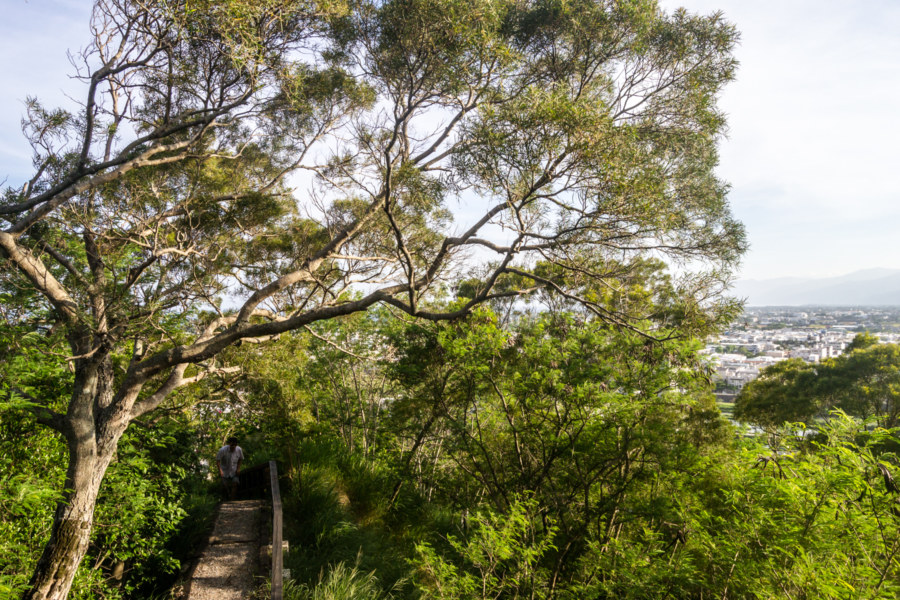

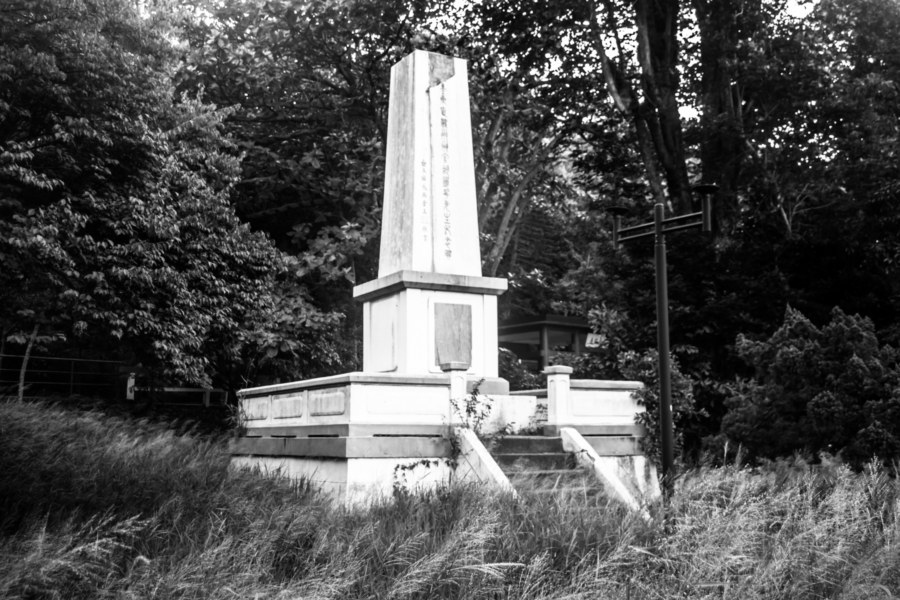
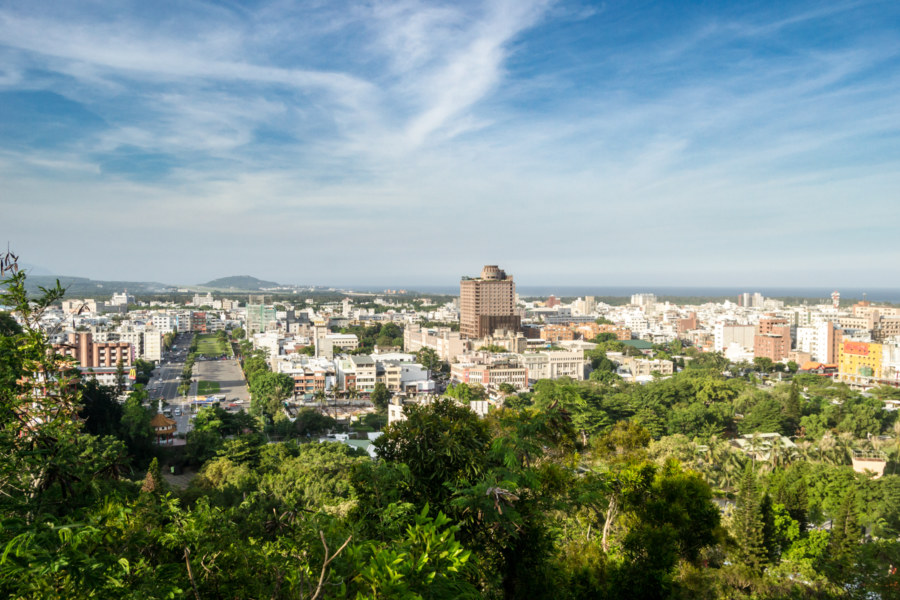
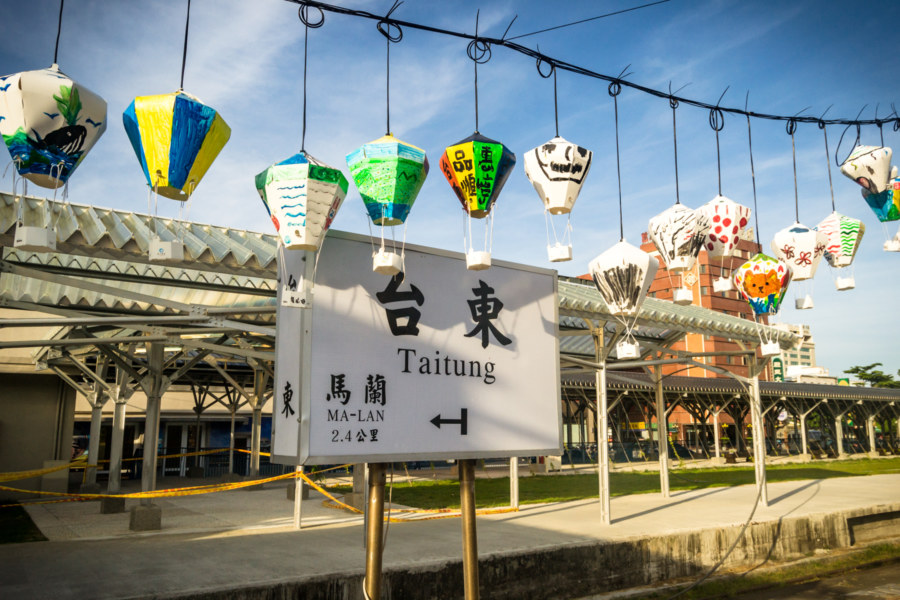
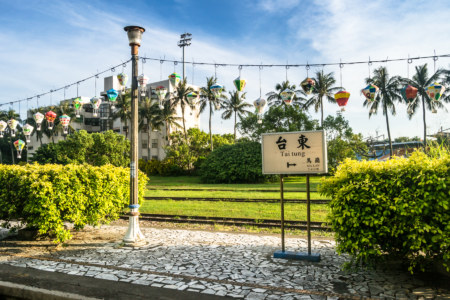
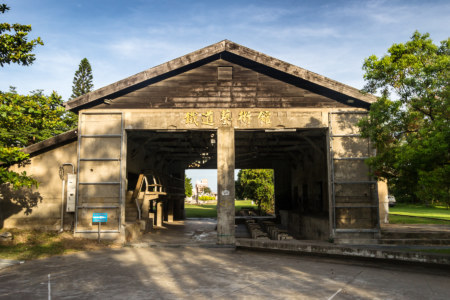
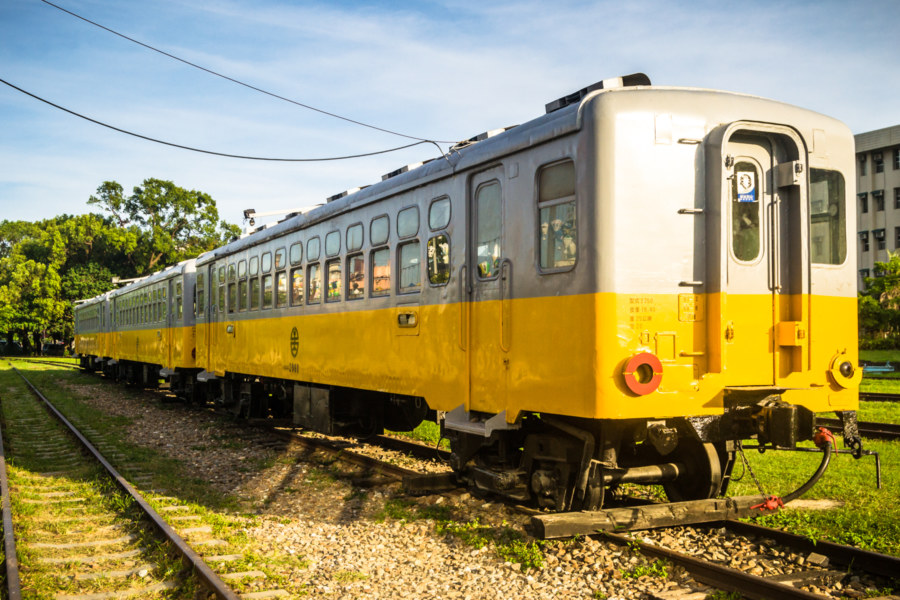

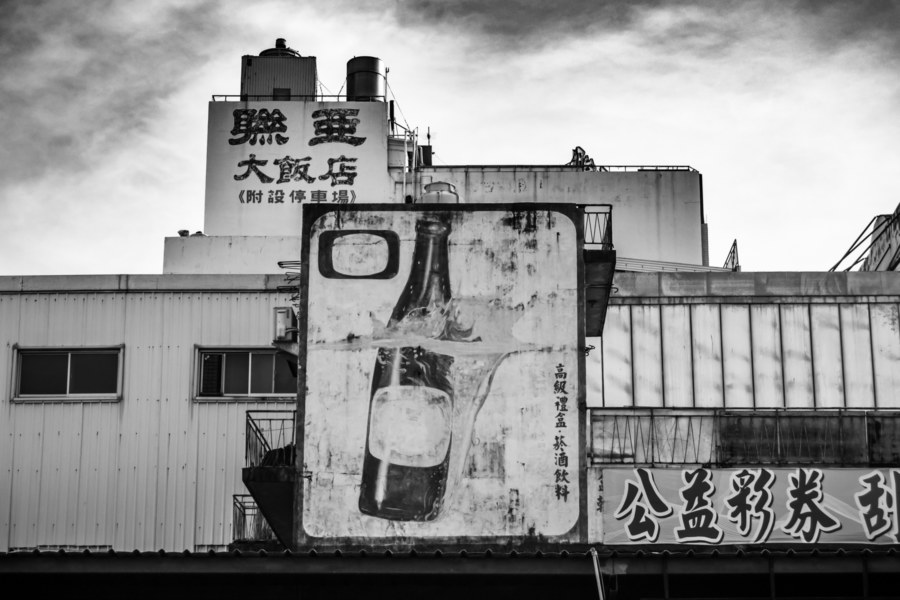
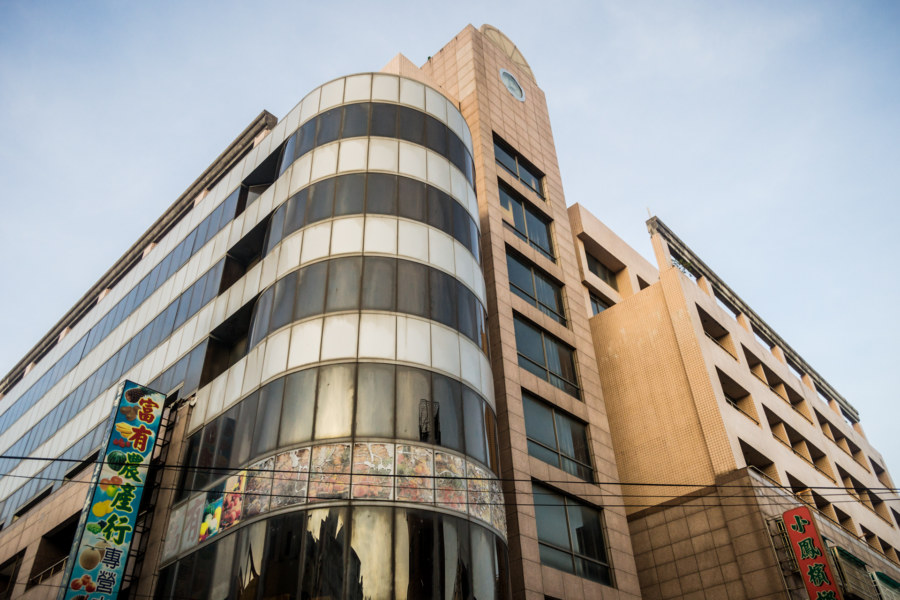
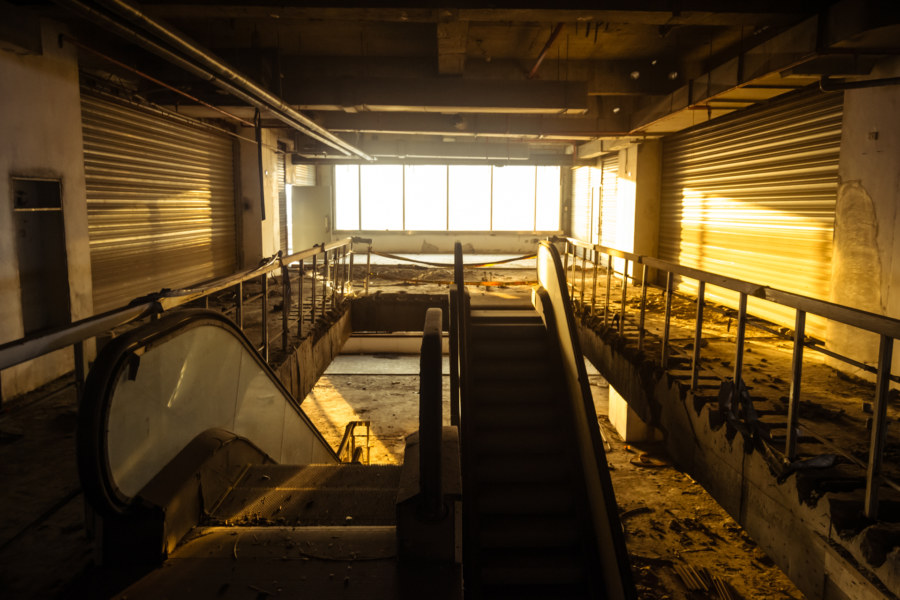
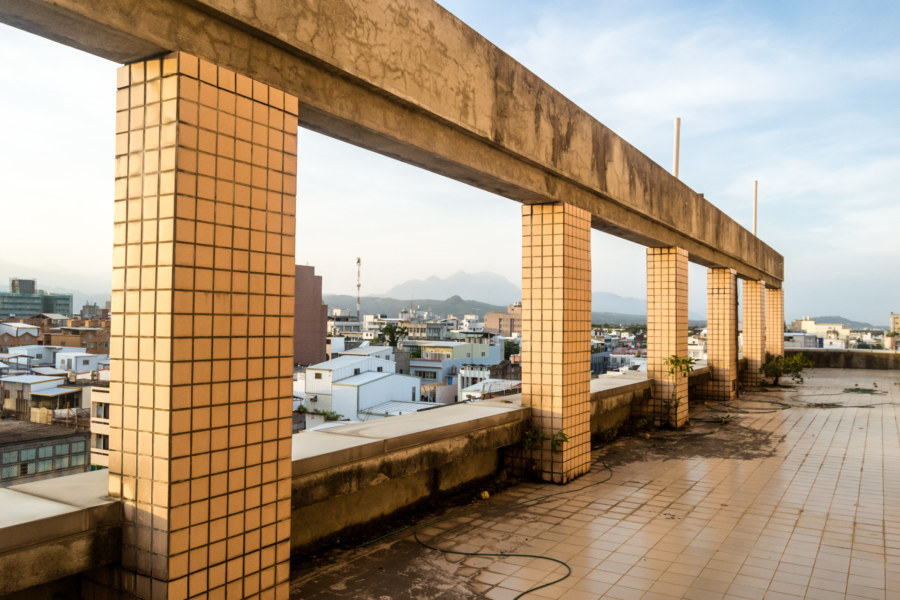
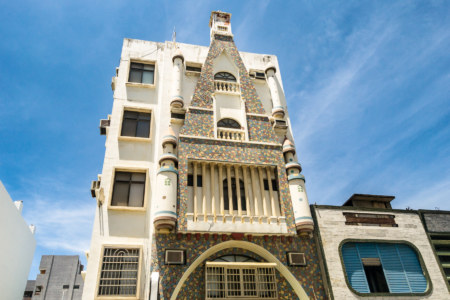
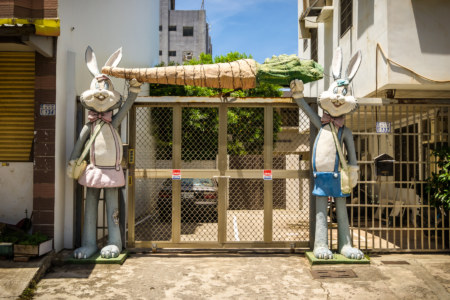
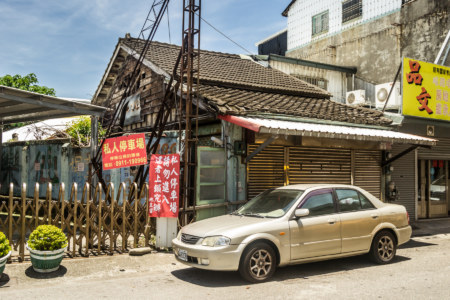
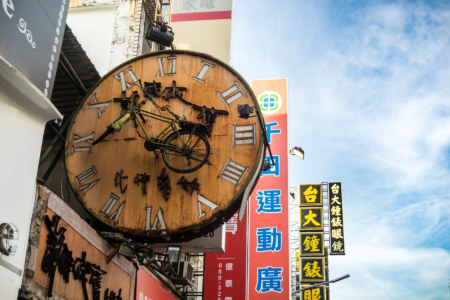
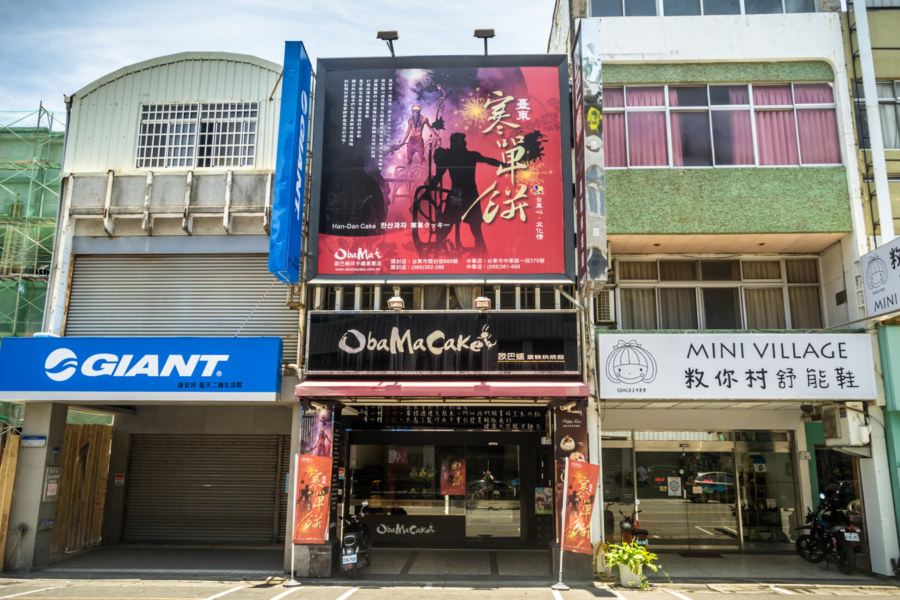
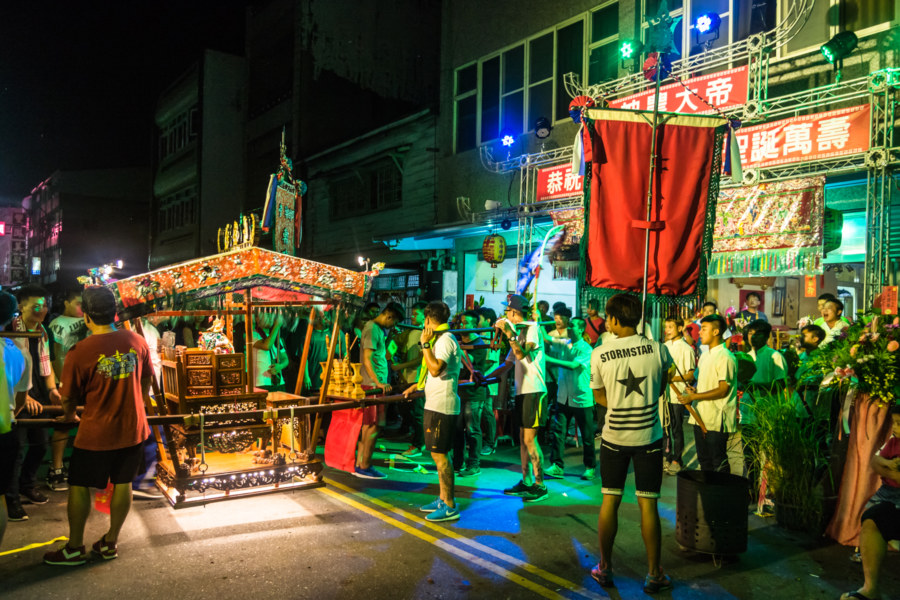
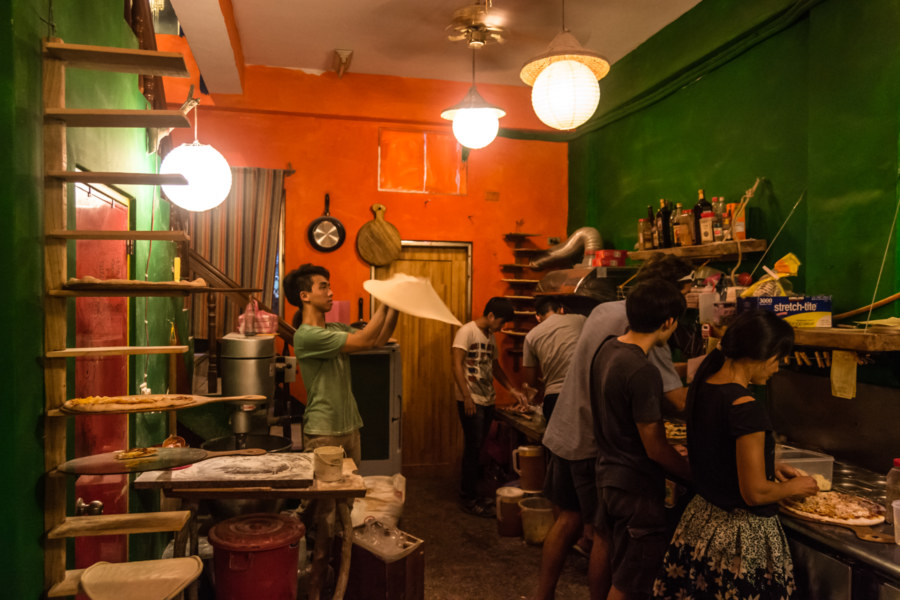

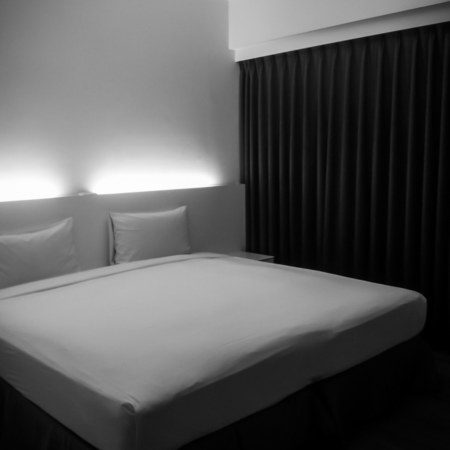
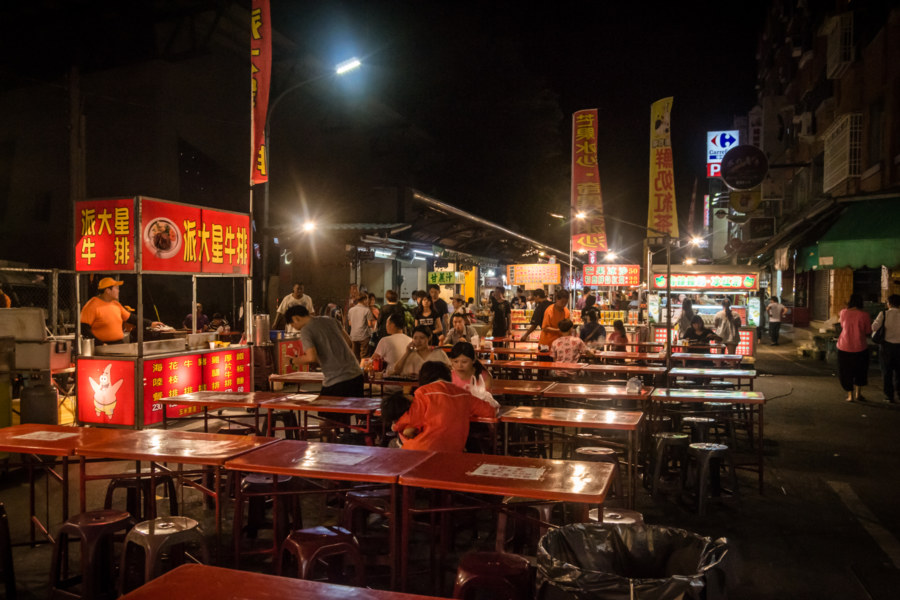
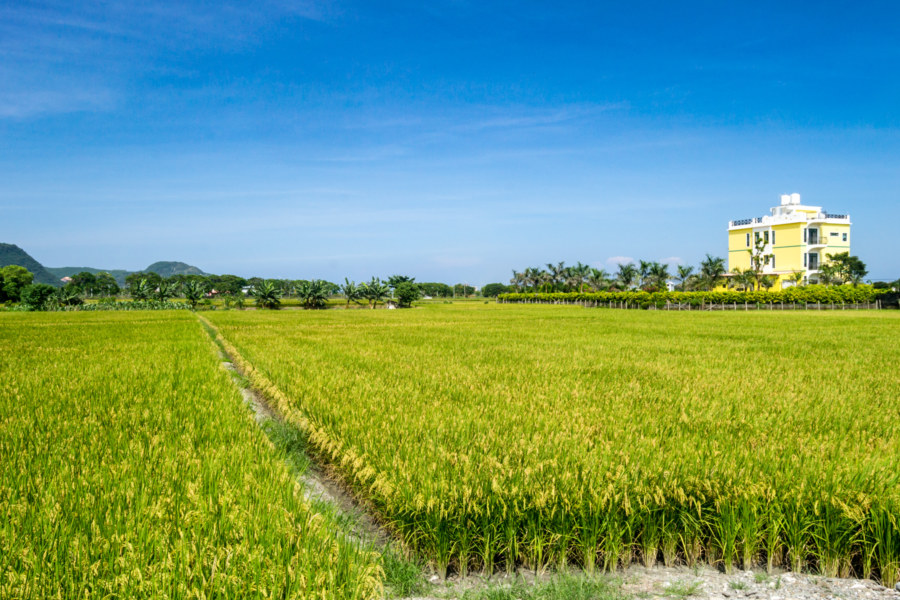
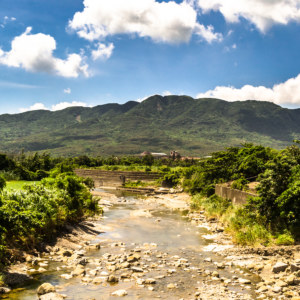
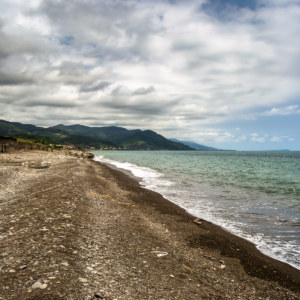
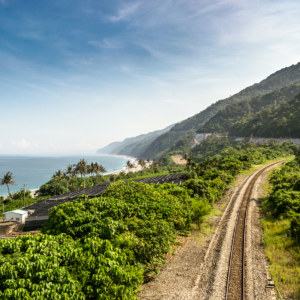
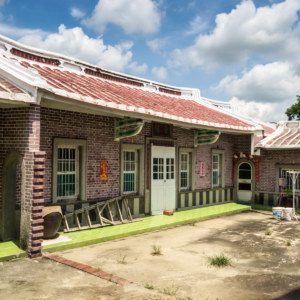
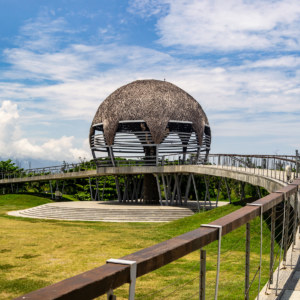
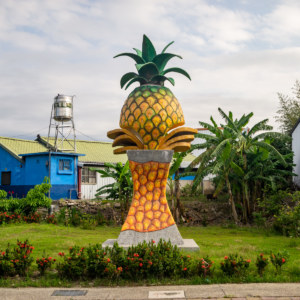
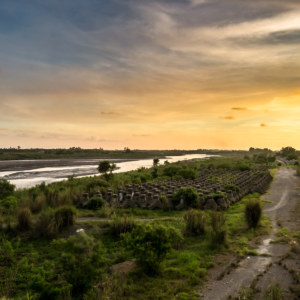
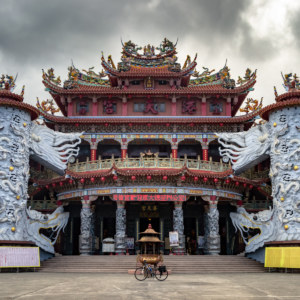
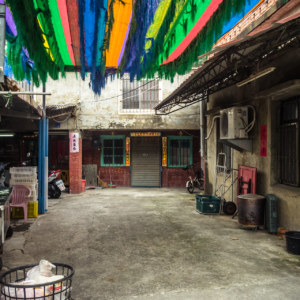
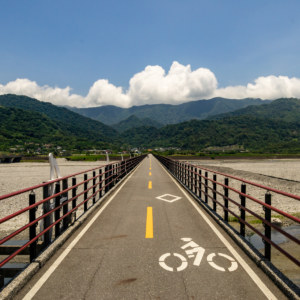
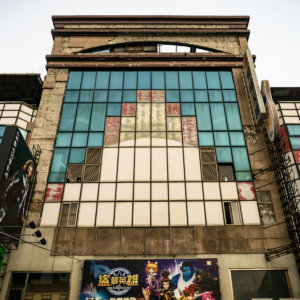
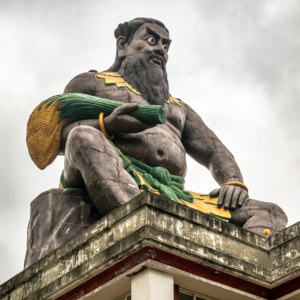
I really enjoy your blog posts! One question, though: seeing as the Shinto shrine dates from the Japanese period (1911 according to the Wikipedia article), shouldn’t it be referred to by its Japanese name – Taito-jinja, or Taito Shrine 台東神社?
That’s not a bad idea. I updated the text with the Japanese name as well.